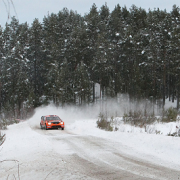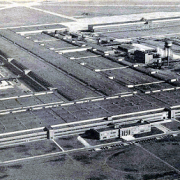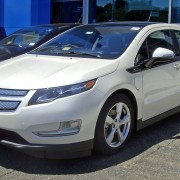Burney Simpson
Congress and the President have included millions in funding for autonomous and connected vehicle research and implementation in the just-enacted $305 billion surface transportation bill, a demonstration of the bipartisan support for the technology.
The proposal signed by President Obama last Friday includes 20 major programs related to autonomous and connected vehicle development and implementation, according to ITS America, the Washington, D.C.-based intelligent transportation systems trade group. (An ITS America brief on 20 of the FAST Act’s transportation technology components is available).
The bill, nicknamed the Fixing America’s Surface Transportation, or FAST Act, includes a provision that provides annual funding of $100 million for intelligent transportation systems research with a focus on freight systems and cybersecurity.
Another provision is designed to assist states and localities address the possibly prohibitive costs of deploying Vehicle-to-Infrastructure (V2I) and Vehicle-to-Vehicle (V2V) communication systems. The $60 million grant program will fund five to 10 grants a year for the deployment of this advanced technology to improve safety.
A recent Government Accountability Office report estimated that a V2I site could cost more than $50,000 (“Each V2I Site Could Cost $51,650”).
The FAST Act also includes $67.5 million annually for a technology and innovation deployment program, and a $4.5 billion, five-year grant program to be spent on intelligent transportation systems for freight.
“This bill reflects Congress’ support for the new wave of transportation innovation and its understanding that connected and autonomous vehicles will transform the nation,” said Paul Feenstra, ITS America interim executive vice president.
Feenstra noted that both the U.S. House and Senate overwhelmingly approved the bill last Thursday, and President Obama signed it on Friday, a sign that innovation in transportation technology has become a bipartisan issue.
Momentum on the topic includes plans by the U.S. Department of Transportation to release guidance next year on V2I to the states and local agencies, a National Highway Traffic Safety Administration policy that V2V technology be in all new vehicles, and reports that DOT could soon announce a new automated vehicle policy.
GET TECHNOLOGY IN THE FIELD
These developments and FAST Act funding answer the question, “How do we get technology out to the field?” said Feenstra.
FAST Act projects without specific funding include a technology deployment program for ITS projects in commercial vehicles, a fleet safety program, and the requirement that auto sales stickers include information about the collision avoidance technology included in the vehicle.
Rep. Daniel Lipinski, a Chicago Democrat and a member of the U.S. House Transportation & Infrastructure Committee, successfully included several of his projects in the finished bill (“Feds Need Interagency Connected Vehicle Office”).
Between $72.5 million to $77.5 million annually will go to the creation of University Transportation Centers that will focus on traffic safety, congestion, connected vehicles, connected infrastructure, and autonomous vehicles. The language is open to interpretation but currently both Virginia Tech in Blacksburg, and the University of Michigan Transportation Research Institute in Ann Arbor, fit that definition.
Lipinski also received a commitment that U.S. DOT would create a comprehensive database of its research projects, and that the GAO will research and write an assessment of autonomous transportation technology policies that have been developed by public entities in the U.S.



